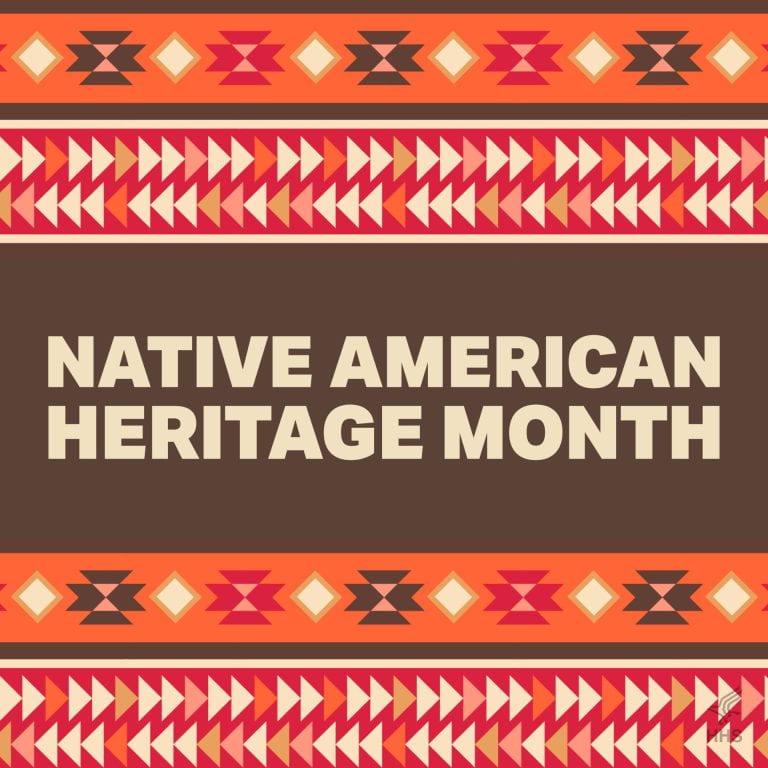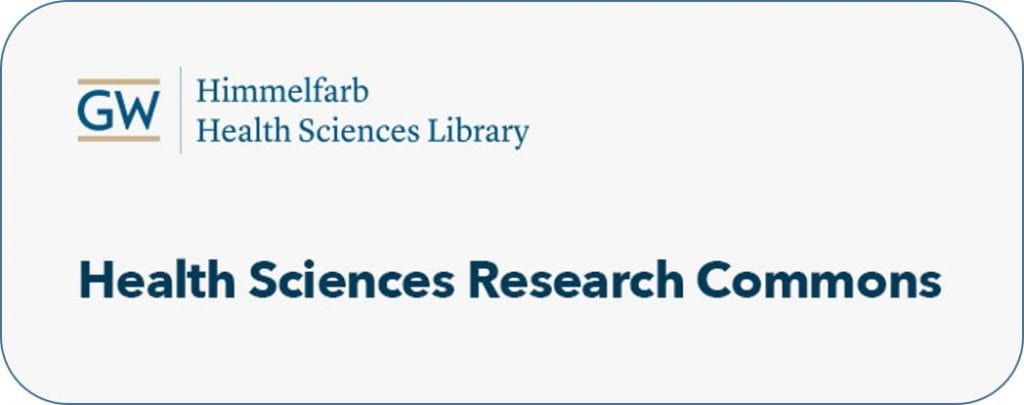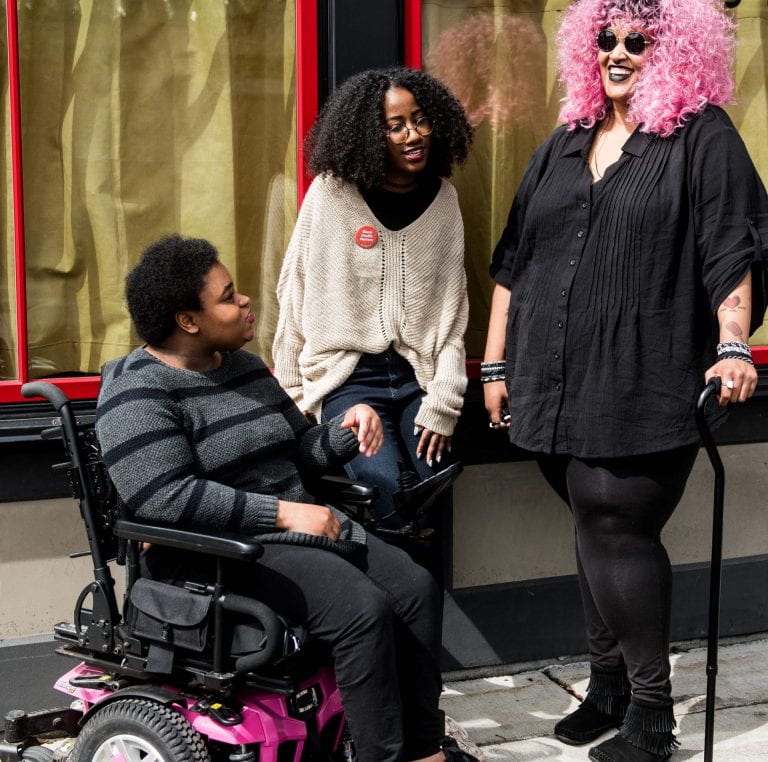Welcome to a new year. As we settle into 2024 and prepare for another semester, we wanted to reflect on Himmelfarb Library’s many accomplishments from the previous year.
In 2023, Himmelfarb Library acquired new resources and updated our current collection to provide the latest in health sciences research and support. The Bloedorn Technology Center received new 3-D printed anatomical models that are on display and available for in-library use.
Himmelfarb Library created two special collections. The Streaming Video Collections provides access to documentaries, short films and other digital media with a focus on topics in health sciences. The Suicide and Suicidology Collection is a curated list of materials on suicide, suicide risks and prevention that was expanded thanks to a gift from Dr. Seymour Perlin and Ruth Perlin. Library staff updated the Core Title list based upon feedback from faculty members from SMHS, Nursing and SPH. In an ongoing project, the library is working to make reading lists embedded in research guides more user-friendly and navigable; the Anesthesiology core list, Radiology textbooks and the Exercise & Nutrition Sciences textbooks received a visual update and more lists will undergo a similar update soon.
In spring 2023, Himmelfarb Library released its Anti-Racism in Healthcare research guide. A research guide for LGBTQ+ healthcare is under development. The Diversity, Equity and Inclusion Policy was published in the fall. The policy outlines the avenues in which the library will follow a DEI framework to maintain a diverse and inclusive environment.
The Interlibrary Loan Policy was also updated in the summer of 2023. Under the updated policy, Himmelfarb Library will now provide 30 free interlibrary loan requests to users in SMHS, Nursing and SPH. This update simplifies the interlibrary loan request process for users so they can receive the resources they need without major delays.
Continuing their virtual tutorial series, the Scholarly Communications Committee added several new videos to their tutorials library. Some of the new videos include Curating Your ORCiD Profile, Updating Your Biosketch via SciENcv, and Journal Impact Factors: What You Need to Know. The full playlist of tutorials is available through the Scholarly Communications Video Tutorials page under the Scholarly Publishing research guide.
Himmelfarb library connected with users both in-person and online. Last year, library staff wrote and published over 150 new articles to the Himmelfarb Library News page and garnered over 23,000 page views on the news site. On our social media platforms, the library posted nearly 500 times on Facebook and over 470 times on Instagram. We received over 1,000 likes or reactions on Facebook and over 2,000 on Instagram. New articles are added to the library's news site three times a week and the Facebook and Instagram pages are regularly updated. Subscribe to our pages to remain up to date on events at the library or new resources.
Many returning and new events took place last year. In January, the library hosted the National Library of Medicine’s traveling exhibit Renaissance Science, Magic and Medicine in Harry Potter’s World. The exhibit explored the historical people and texts that served as inspiration for aspects of the Harry Potter series.
In March, the library held a basketball shootout fundraiser for the Healing Clinic. From March through April, the library had its inaugural Cherry Blossom Photo Contest. Following the success of this contest, the first Fall Colors Photo Contest took place in October and November. The 35th Annual Art Show was held in May and participants of the cherry blossom contest were able to display their submissions. The art show received 53 submissions across different art mediums such as watercolor, photography, and embroidery. We look forward to your submissions during this year’s art show.
Last, Himmelfarb Library would like to highlight some of the many staff accomplishments from 2023. Deborah Wassertzug joined the Reference and Instruction team near the end of 2022. Rebecca Kyser and Randy Plym joined the Reference and Instruction team and the Circulation and Access team respectively last year. Ruth Bueter was appointed to the Associate Director for Library Operations.
Himmelfarb Library staff published numerous articles or presentations in 2023. JoLinda Thompson and Sara Hoover’s chapter Discoverability Within the Library was published in the book Discoverability in Digital Repositories: Systems, Perspectives, and Users Studies. Rachel Brill published an article on her Disorder in the Court series and another article on ways to evaluate database coverage. The full list of articles, presentations and posters from Himmelfarb Library staff may be found in the Himmelfarb Library Faculty Publications and the Himmelfarb Library Faculty Posters and Presentations collections located in the Health Sciences Research Commons. Sara Hoover was also selected for the Academy of Health Information Professionals (AHIP) at the Senior Level. AHIP is an intensive, professional development and certification initiative for health information professionals that demonstrates their commitment to health information services and responsibilities.
2023 also marked milestone career anniversaries for Catherine Sluder (40 years), Valorie Bowles (34 years) and Yvonne Lee (25 years)!
Thank you for your continued support. We look forward to another productive year at Himmelfarb Library as we provide access to the latest in health information resources and services.












